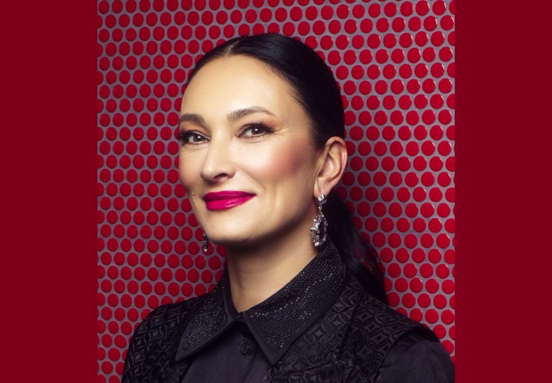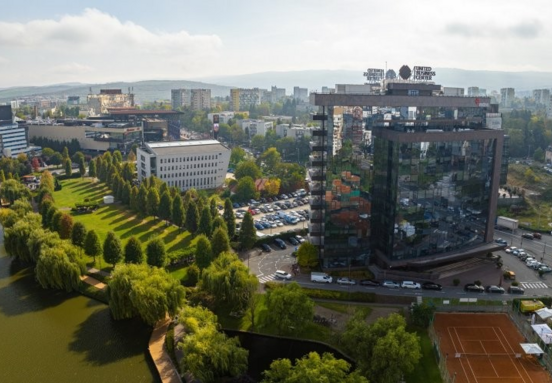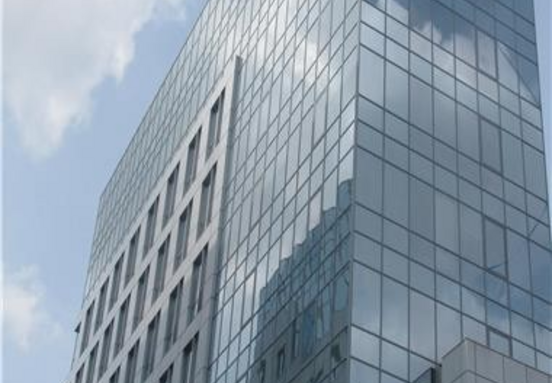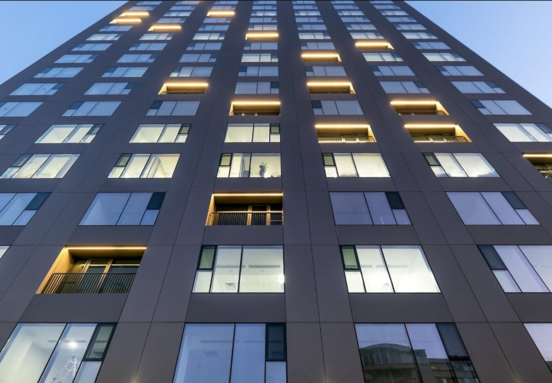Skanska‘s business model has proven to be efficient despite uncertainties following the European economic crisis. The Swedish company has continued to invest in project development, topping out at SEK 15bn (€1.8bn) in total investments last year. Confident that buyers will continue to be attracted to both its green profile and its strong brand, it was therefore in bullish mood that Skanska began construction of its first commercial project in Romania. The first phase of Green Court Bucharest follows the acquisition of a 15,000 sqm plot in the Barbu Vacarescu area in the north of the city. The project, Skanska Romania‘s president Andreas Lindelöf confirms, is very much a speculative base from which Skanska plans to expand. Indeed, Lindelöf was clear in saying that he did not believe choosing to invest in an office project was necessarily the safest option. It is very much part of a larger picture: “I would not say that we’ve seen a need for this product, a demand from the tenants that we target,” he said. “Yet a commercial project is more controllable in a new market, one where you don’t know all the parameters. We are therefore using this as a platform to expand. We see Romania as a much bigger market, where there is a need for all of the products that Skanska offers: roads, hospitals, airports, residential housing,” he added. Skanska will invest €46m in Green Court and will also act as the general contractor. The first phase of the investment will comprise 19,500 sqm of leasable space and an underground car park for the two buildings in the complex. “We can afford to start speculatively because we have our own financing and our belief in the market is that we can go ahead,” Lindelöf told CIJ. “Skanska does everything with its own equity, and that differentiates us from our competition. Whereas today, financing is a scarce or an expensive commodity , we don’t have that problem since we bring our equity to the table. It gives us a competitive advantage, to work against the cycle. And right now we see a real opportunity.” For the leasing process Skanska will use both its internal resources and brokers on the market. “Obviously it is a tough market, it is a tenants’ market. But having said that, good, green space with credentials in the right location is hard to find. And there are tenants out there looking for space: big tenants with big needs who have to plan well in advance. So from that perspective we find it’s quite a satisfactory market,” Lindelöf said. How cost-efficient will Green Court prove to be for its future tenants? In Lindelöf’s view, green and sustainability are about efficiency: Completion is scheduled for the fourth quarter of 2014. (source: cijjournal.com)






